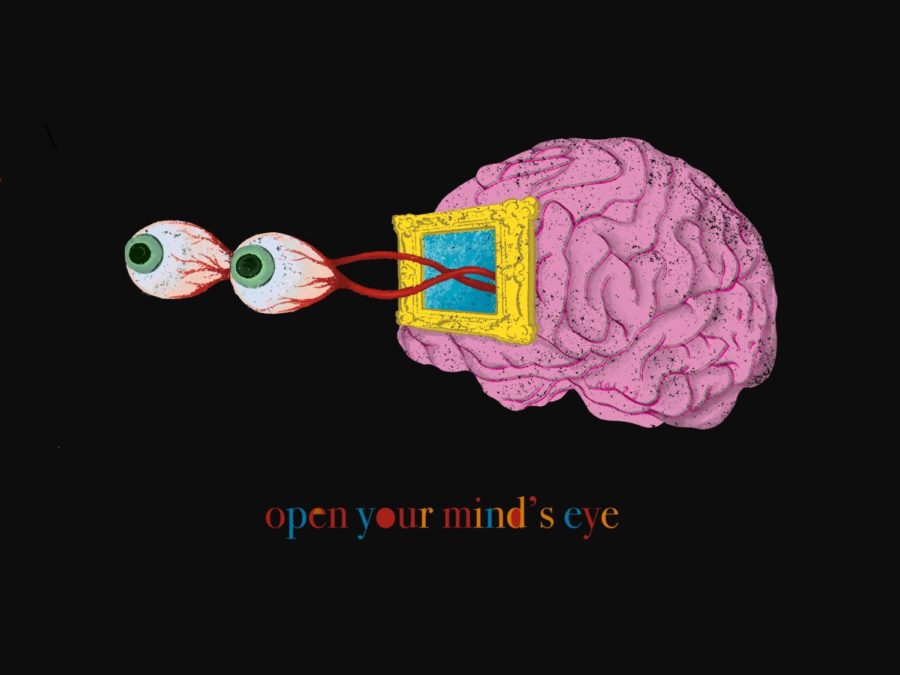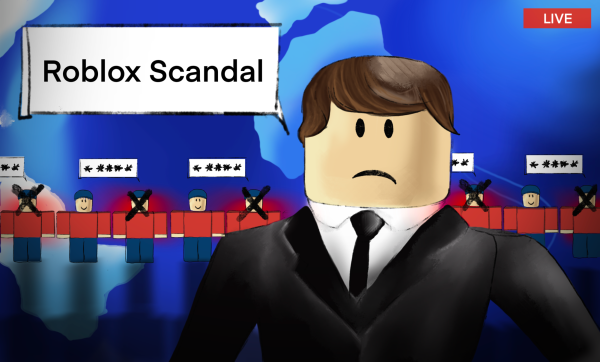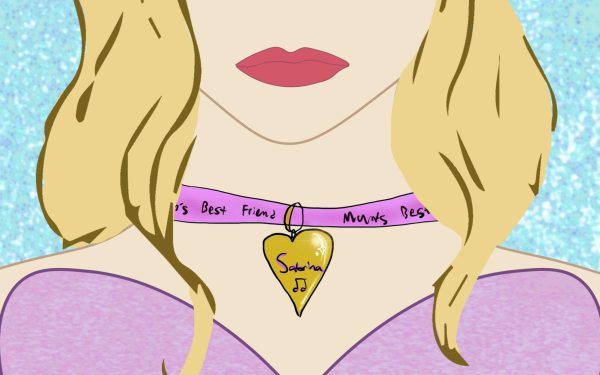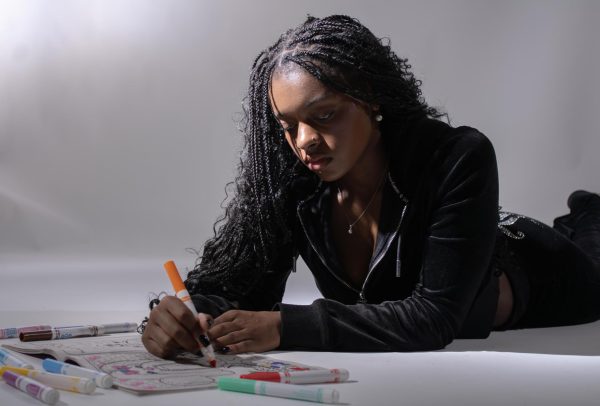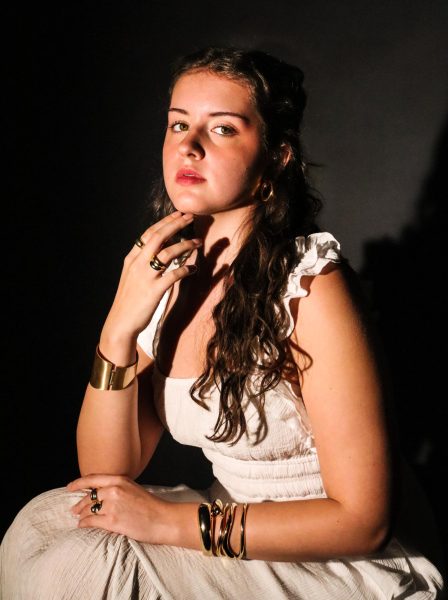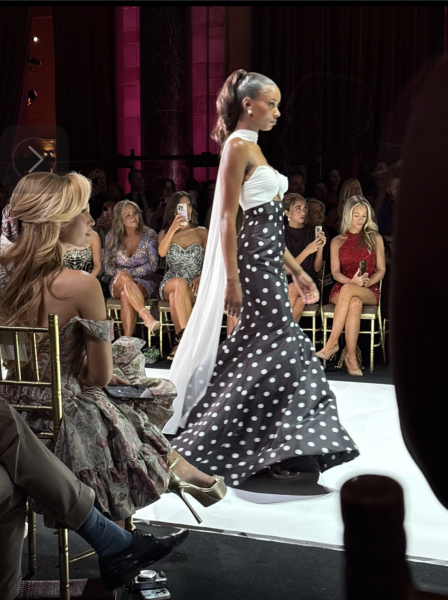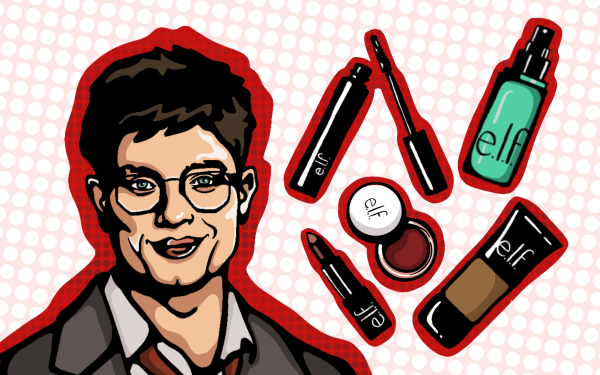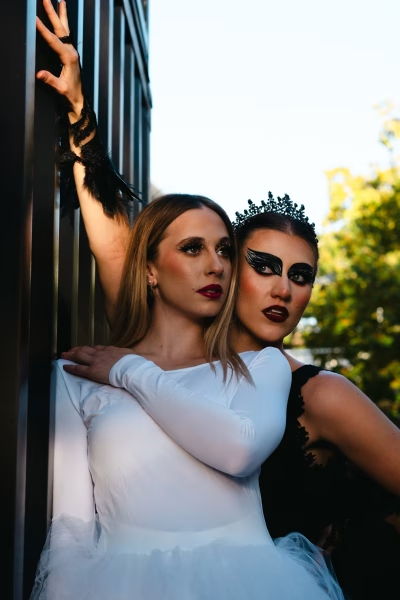design is more than what meets the eye
Visual communication is a powerful tool used to persuade others and share a message. Designers use images, text, layout, color and other elements to connect with viewers and influence them to act, whether that is donating to a nonprofit or buying their product. An effective design is consistent with the brand identity and promotes this identity to achieve its goal. Design may be valued only for its visual appeal, however design is more than meets the eye. It involves numerous processes and principles to create aesthetic and functional designs in various forms such as posters, book covers, packaging and user interface. The possibilities are endless.
Technology takes design to a new level in the digital field. Now, web applications such as Adobe Photoshop, Figma and Canva allow anyone with a computer to make their own designs. Still, there is more to it than simply knowing how the tools work.
I had the chance to talk with Renee Volchko, a visual communication design professor at Kent State University since 2017. She also taught Motion Graphic Design, several Emerging Media and Technology courses, Design Principles and Processes, Graphic Design II, and Interaction Design II.
“Design can promote a brand in so many different ways,” Volchko said. “Of course, we are all familiar with advertising, but good design and great user experience has a way of building its own reputation. And when a brand can build trust and loyalty with a mass audience, the best way of promotion is through word of mouth!”
From the very first day of class, I could see Volchko’s passion for design. But I wondered why she chose to follow a career in design. Volchko said her love for art and creation existed since she was a child when she would draw with her dad.
“It was always amazing to me how that blank sheet of paper would evolve from nothing… to a full-blown illustration, scene, and story in about an hour or so,” Volchko said.
Although every design is different, Volchko said that the best designs she saw have something in common. “The best brands are user-focused,” she said. “They put the user first, listen to their problems, talk the same way, know what the user loves and deliver the best, every time!”
For beginners, it can be difficult to develop your designing skills. Fortunately, Volchko shares three main tips to help:
- Understand the audience and the users for which you are designing
- Look at the competition and other products, services or brands they are loving
- Ask yourself how you can do it differently and better
“I LOVE creativity, however, no it is not enough to make good design. Good design is both form, how it looks and feels, and function, how it works,” Volchko said. “If creativity is the idea, design is the planning and technical knowledge of how to properly execute that idea. There are some basic tools and techniques such as design elements, principles, and knowledge of software that is behind most every great designer!”
I also had the opportunity to interview Reilly Tischler, a senior visual communication design major at Kent State, who is also an illustrator and designer.
“I usually start my creative process by looking at the initial demands of what is being required. After that I’d look up what other people online have done to find inspiration,” Tischler said. “Then I usually make my mood boards in my creative brief. Once all that’s done, I make various iterations until I find something that I really love and can put my heart into.”
No one starts at the top, but it sure feels nice when your work pays off and you see all your hard work was worth it. When asked what project she considered her highest achievement and the reason behind it, Tischler explained that she was especially proud of a photo realism project she completed for one of her illustration courses.
“I think that I value that project the most because I put more effort than what was required for that assignment, and it helped me to really learn a lot about my own creative process,” Tischler said. “I was able to learn new techniques that I didn’t think I was capable of and found out how to push myself to achieve a higher level of visual communication.”
Even if creativity is an outlet for creative minds, sometimes it can be a burden. When writers, designers and songwriters get a creative block, it can be hard to push through. But Tischler has her way of getting unstuck.
“Whenever I have a creative block, I usually try to change the scenery. I rotate between local coffee shops and libraries and sometimes my friends’ houses,” Tischler said. “I’m lucky enough that I have a good group of designers that I can always send my stuff to and get feedback on at all hours, which has been an invaluable resource.”
Design is much more than its principles and techniques, it is about how we humans experience and feel the world around us. For Tischler, she said that design has taught her that “what you make is very important but the thought behind what you make is as important if not more important.”
Visual communication design is more than persuading viewers to buy a product, it is also a tool for social change. For example, the designer Deva Pardue uses visual communication to redefine feminism. Pardue says women have “multitudes”, they can be feminine and empowered. She also worked on a project to create an all-female design team in Pentagram named The Wing. Moreover, she founded For All Womankind, a design initiative to raise money for numerous women’s nonprofit organizations. Pardue created the iconic “Femme Fists” illustration that went viral in 2017 during the Women’s March.
Hence, visual design is more than a sight for sore eyes, it is a way to enhance the human experience by influencing our behaviors and opinions in a way that only design can.
“Art has always been a way to communicate the human experience and to neglect that piece when you’re designing takes the heart and emotional connection out of it, which in my opinion is the most important piece,” Tischler said.
Support Student Media
Hi! I’m Catie Pusateri, A Magazine’s editor-in-chief. My staff and I are committed to bringing you the most important and entertaining news from the realms of fashion, beauty and culture. We are full-time students and hard-working journalists. While we get support from the student media fee and earned revenue such as advertising, both of those continue to decline. Your generous gift of any amount will help enhance our student experience as we grow into working professionals. Please go here to donate to A Magazine.

